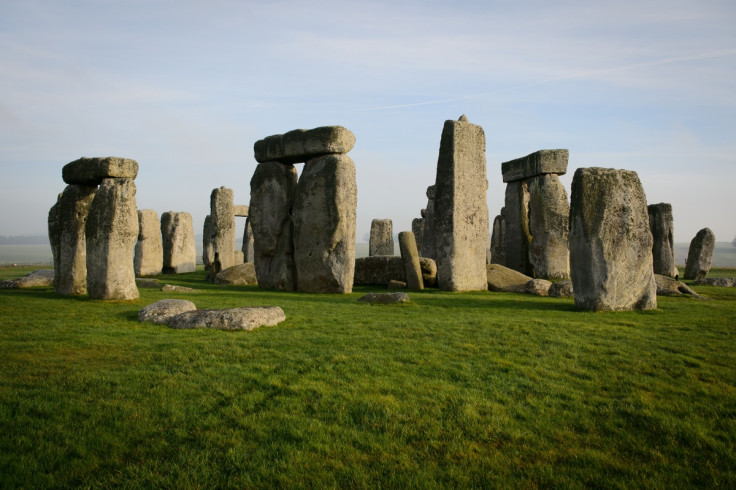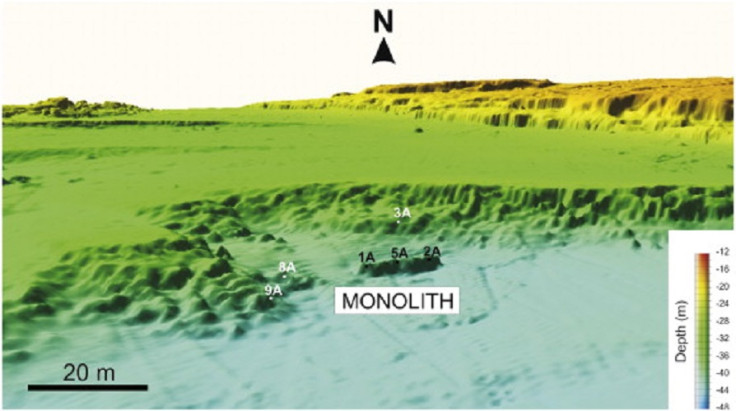Stonehenge rocks moved by the force of Ice Age glaciers rather than pagans or Druids

An archaeological row has broken out over how the 5,000-year-old gigantic stones were transported from Wales to Wiltshire. A theory put forward by University College London (UCL) argued that the stones were quarried and transported from a Welsh mountain range by prehistoric tribes.
But this claim was rejected by Welsh archaeologists who believe that there are "no traces of human intervention in any of the features that have made the archaeologists so excited". Dr Brian John, Dr Dyfed Elis-Gruffydd and John Downes published their research findings in the Archaeology in Wales journal.
The academics do not believe the theory about a Neolithic quarry in the Preseli Hills. Instead, they say the signs of 'quarrying' by Bronze Age tribes at Craig Rhos-y-Felin were entirely natural and called the UCL findings "very careless".
Adding fuel to the fire, they also suggest that the archaeologists at UCL may have created certain features during five years of "highly selective sediment removal".
Dr John wrote in his paper: "There is substantial evidence in favour of glacial transport and zero evidence in support of the human transport theory.
"We think the archaeologists have been so keen on telling a good story here that they have ignored or misinterpreted the evidence in front of them.
"That's very careless. They now need to undertake a complete reassessment of the material they have collected."
To back up the glacier theory, Dr John and his team outlined a number of different landforms and sediments which can be related to the events of the Ice Age, according to a Telegraph report.

"Much of the archaeology in recent years has been based upon the assumption that Bronze Age man had a reason for transporting bluestones all the way from west Wales to Stonehenge and the technical capacity to do it.
"That has been the ruling hypothesis, and there has been a great reluctance to allow facts to interfere with a good story.
"Glaciers may move very slowly, but they have an excellent record when it comes to the transport of large stones from one part of the country to another." Dr John told BBC News.
The scientist is convinced that the debris at Stonehenge comes from glacial erratics which were eroded from the Rhosyfelin rocky crag almost half a million years ago by the Irish Sea Glacier and then transported eastwards by ice towards Salisbury Plain.
He added: "We accept that there might have been a camp site at Rhosyfelin, used intermittently by hunters over several millennia. But there is no quarry."
© Copyright IBTimes 2025. All rights reserved.






















